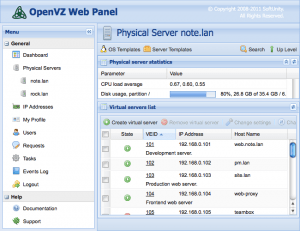Setting up Nginx on a Fedora VPS Server
Setting up the Nginx web server on a Fedora Virtual Private Server (VPS hosting) can be challenging for beginners. This article will cover the essential steps to configure Nginx on your Fedora VPS for successful website hosting. Follow our detailed guide to set up Nginx on your VPS and start hosting your websites without any issues.Before starting the Nginx installation and configuration, ensure you have access to your Fedora VPS and administrator privileges. Also, make sure you have installed all necessary packages and updated your operating system to the latest version.
Step 1: Installing Nginx
The first step is to install Nginx on your VPS using the dnf package manager. Enter the following command in your terminal to install Nginx:
sudo dnf install nginx
After installing Nginx, you can start it and add it to the autostart using these commands:
sudo systemctl start nginx
sudo systemctl enable nginx
Step 2: Configuring Nginx
After installing Nginx, you need to configure it. The main Nginx configuration file is located in the /etc/nginx/nginx.conf directory. Edit this file using the vi editor or any other editor you prefer:
sudo vi /etc/nginx/nginx.conf
In the configuration file, you can adjust server parameters, virtual hosts, SSL certificates, and much more. After making changes, save the file and restart Nginx using the command:
sudo systemctl restart nginx
Step 3: Setting up a Virtual Host
This step involves creating a server block for your website within the Nginx configuration. This will specify how Nginx handles requests for your domain. Consult the Nginx documentation for detailed instructions on configuring virtual hosts. This usually involves creating a new configuration file in the /etc/nginx/conf.d/ directory.
Congratulations! You’ve now configured Nginx on your Fedora VPS, and you’re ready to start hosting your websites. Follow our recommendations and enjoy the stable and fast performance of your web server! Good luck!





